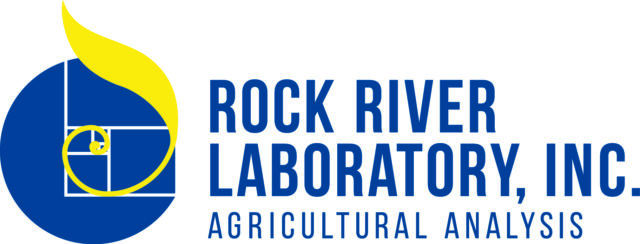- 2022 DMC sign-up deadline extended one week
- January Class IV milk price hits 90-month high
- Global dairy product price increases outpace other foods
- Idaho Darigold plant resumes butter production
2022 DMC sign-up deadline extended one week
USDA Farm Service Agency (FSA) Deputy Administrator Scott Marlow notified state and county FSA offices that the sign-up deadlines for the 2022 Dairy Margin Coverage (DMC) and Supplemental Dairy Margin Coverage (SDMC) programs have been extended one week, until Feb. 25.
Enrollments for both programs are occurring simultaneously, but small and midsized producers eligible to make milk production history adjustments under SDMC must do so prior to enrolling for the 2022 DMC program.
Applications for supplemental DMC payments will require a revision to a producer’s 2021 DMC contract and must occur before DMC enrollment for 2022. The program limits Supplemental DMC payment to cover 75% of the difference between an eligible dairy operation’s actual 2019 milk marketings and its previous DMC milk marketing history. Eligible producers must provide FSA officials with their 2019 milk marketing statements, and DMC premiums are required on enrolled supplemental production at the standard premium rate.
Producers are urged to call their local USDA FSA office to schedule an appointment.
January Class IV milk price hits 90-month high
The Federal Milk Marketing Order (FMMO) Class IV milk price soared to a 90-month high in January 2022 and is $9.34 higher than a year ago. At $23.09 per hundredweight (cwt), it’s up $3.21 from December 2021.
After reaching $23 per cwt six times in 2014, the Class IV price hadn’t topped $20 per cwt since October of that year.
The January 2022 Class III milk price rose $2.02 from December 2021 to $20.38 per cwt, the highest since November 2020, when government purchases of cheese for food boxes pushed prices up. The Class III price is up $4.34 from January 2021.
January Class III-IV milk prices moved higher due to increases in values of butterfat and milk solids used in monthly milk price calculations, but the value of protein was down.
The value of butterfat rose almost 66.5 cents from December to almost $2.96 per pound. The value of milk protein slipped about 24 cents from December to $2.36 per pound. The value of nonfat solids rose a dime in January to $1.47 per pound, while the value of other solids increased 7 cents to 52.5 cents per pound.
With these prices, both Class III and Class IV handlers have incentives to depool in January. January’s Class III-IV price relationship not only created a wide, $2.71-per-cwt spread for Class IV depooling, but both Class III and Class IV prices were above the Class I base price of $19.71 for the month, so Class III milk could also be held from the pool. FMMO administrators are scheduled to announce January uniform prices, producer price differentials and pooling volumes by Feb. 14.
Global dairy product price increases outpace other foods
The average global cost of dairy products rose for a fifth consecutive month in January, according to the latest United Nations’ Food and Agriculture Organization (FAO) Food Price Index.
The FAO Dairy Price Index includes global average prices for butter, cheese, skim milk (SMP) and whole milk powders (WMP). The January 2022 index increased about 2.4% from December and was 18.7% higher than January 2021. Steepest increases were for SMP and butter.
The January increase was underpinned by a tightening in global markets, reflecting a reduction in export availabilities, especially from western Europe. Expectations for lower milk production in Oceania added to the tightening in global dairy markets. In addition, milk processing and transportation delays due to COVID-19-related labor shortages further contributed to higher dairy prices.
The FAO Food Price Index is a measure of the monthly change in international prices of a basket of five food commodities – cereal, vegetable oil, dairy, meat and sugar. Among those major food categories, only vegetable oil increased more than dairy.
Idaho Darigold plant resumes butter production
The Pacific Northwest received some good news regarding milk processing capacity to start 2022 with the partial resumption of butter production at a Darigold facility in Caldwell, Idaho. The 91-year-old plant was significantly damaged in a fire last October. Prior to the fire, the plant processed about 1.4 million pounds of milk per day. Milk powder production at the facility remains shut down.
In part due to the plant closure, November-December 2021 U.S. butter production was down 12% compared to the same period a year earlier.
Headquartered in Seattle, Darigold is the marketing and processing subsidiary of Northwest Dairy Association (NDA), which is owned by nearly 350 dairy farm families in Washington, Oregon, Idaho and Montana. Darigold handles approximately 10 billion pounds of milk annually, producing a full line of dairy-based products at 11 plants throughout the Northwest.











